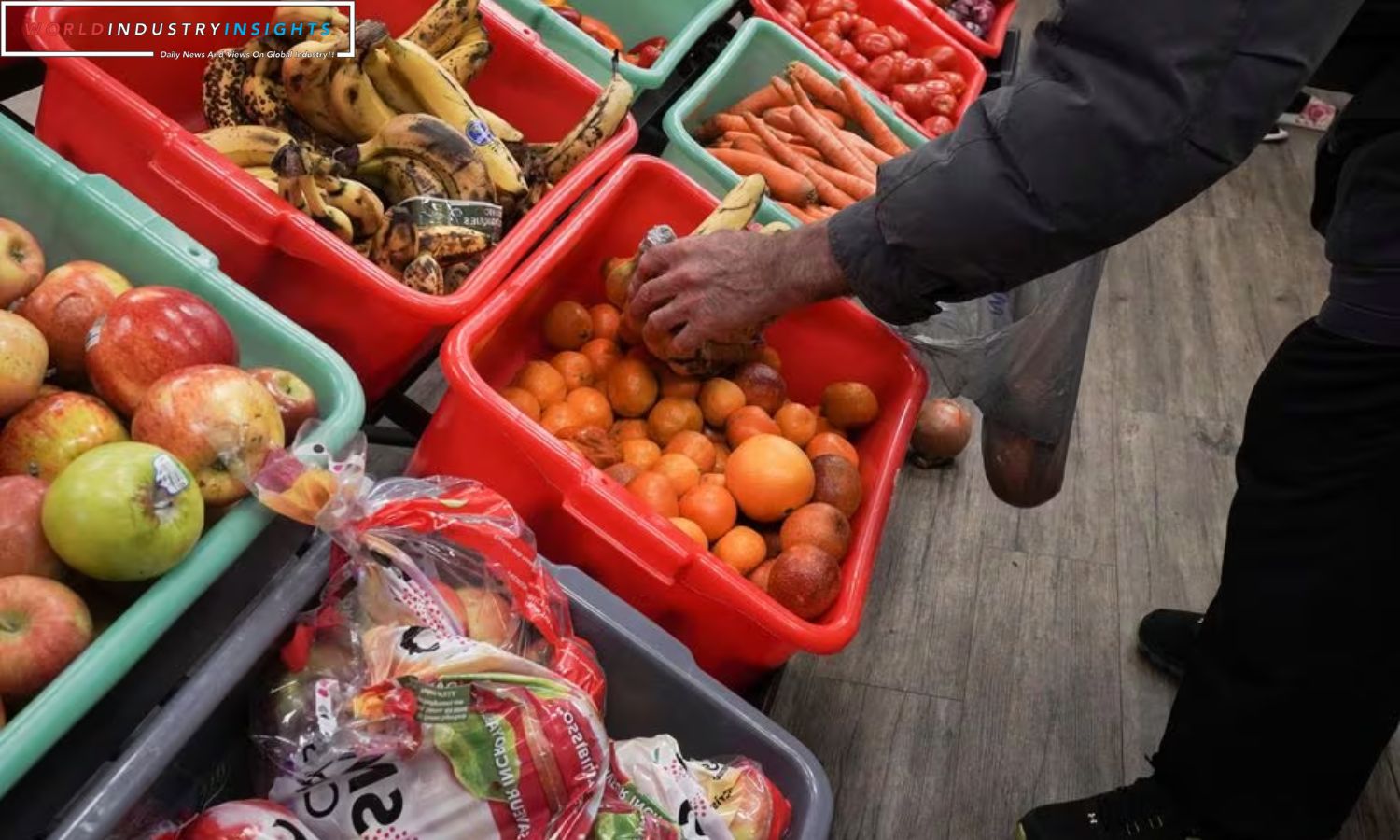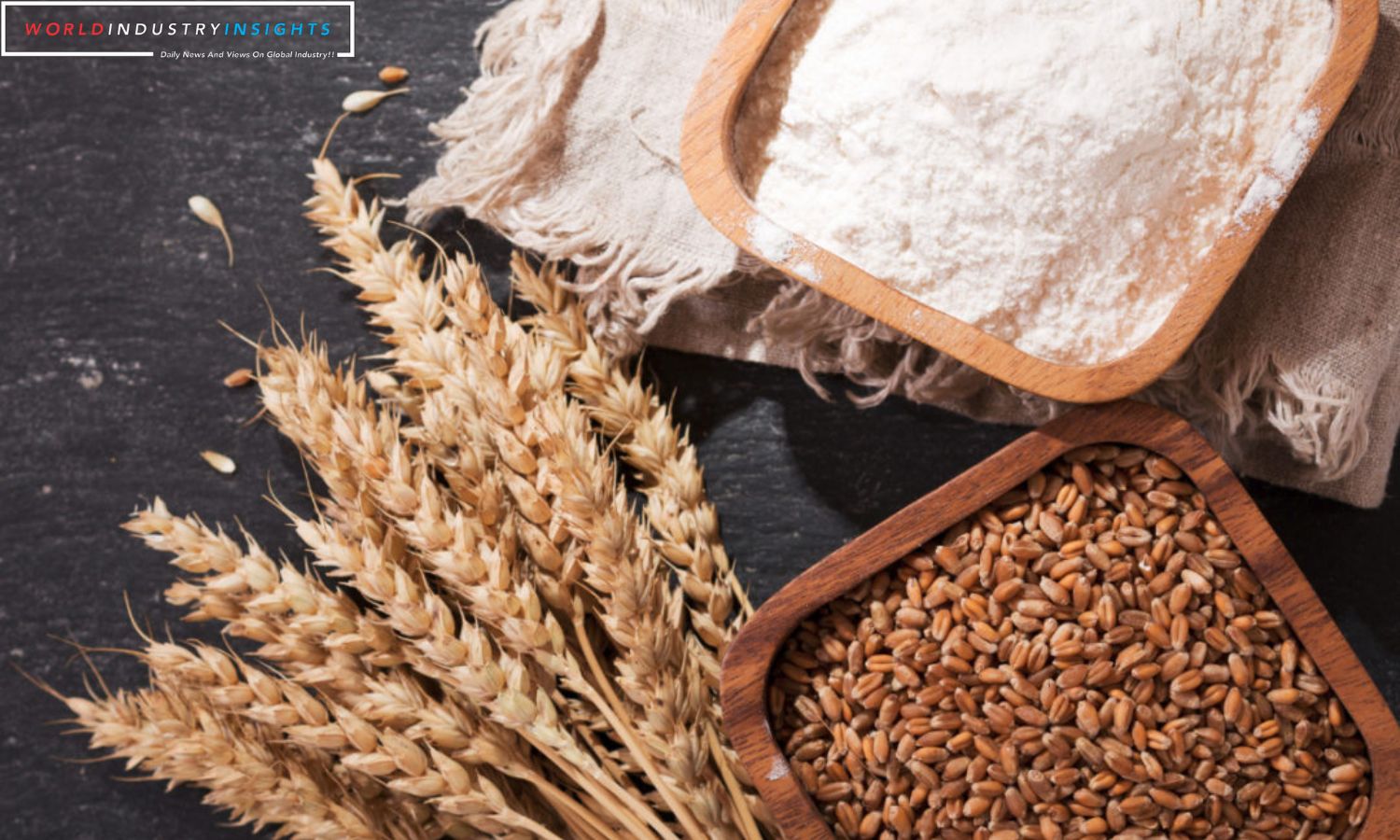Global Food Market: In the intricate realm of international food trade, the United Nations’ Food and Agriculture Organization (FAO) has revealed that its world price index remained steady in November. This index serves as a crucial barometer, tracking the prices of the most globally traded food commodities.
The November average stood at 120.4 points, maintaining a close proximity to October’s levels, which were the lowest since March 2021. However, this reading indicated a notable 10.7% decline compared to November of the previous year. Within the index, the FAO cereal price index experienced a 3.0% month-on-month decrease in November. This was primarily led by a significant fall in maize prices, complemented by a 2.4% decline in wheat prices. The reasons behind these shifts in cereal pricing dynamics warrant a closer look.
Contrastingly, vegetable oil prices saw a robust increase of 3.4% from October. Notably, palm oil prices rebounded by over 6% in November, driven by heightened purchases from leading importing nations and seasonally lower outputs in major producing countries.
In the dairy sector, the FAO’s price index witnessed a 2.2% rise from October, fueled by heightened demand for butter and skimmed milk powder in Northeast Asia, along with increased pre-holiday demand in Western Europe. In the realm of sugar, prices rose by 1.4% in November, averaging a substantial 41.1% higher compared to the same period last year due to worsening production prospects in key regions.
Also Read: Cracking the Egg Conspiracy: Food Giants Secure Legal Win Against Price Rigging
In a parallel report focusing on cereal supply and demand, the FAO adjusted its forecast for global cereal production this year to a record 2.823 billion metric tons. This reflects a 0.9% increase from 2022. Looking ahead, the planting of the 2024 winter wheat crop is underway in the northern hemisphere, with potential limitations on area growth due to lower crop prices.
Despite potential constraints, the FAO envisions a 2.7% increase in world cereal stocks by the end of the 2024 season. The cereal stock-to-use ratio is forecasted at 30.8% in 2023/24, indicating an overall comfortable supply level.
In conclusion, the FAO’s world price index offers a nuanced snapshot of the intricate dynamics shaping the global food market. As cereal prices experience fluctuations and vegetable oils surge, the interconnected nature of these trends underscores the importance of navigating this complex landscape with a keen eye on supply and demand dynamics.
Our Reader’s Queries
What is the global food market?
The world’s food market is a massive and ever-changing terrain that covers everything from creating and delivering food products to their consumption across the globe. It’s a crucial player in meeting the needs of a growing population while also ensuring that food is safe and of high quality.
How much is the global food market worth?
The Food market is projected to generate a whopping US$9.36tn in revenue by 2023, with an annual growth rate of 6.74% (CAGR 2023-2028). This indicates a promising future for the industry, with a steady increase in demand for food products.
How big is the food industry in the world?
The food service industry is on the rise, with the global market size reaching USD 2,395.03 billion in 2022. This growth is expected to continue, with projections showing an increase to USD 5,423.59 billion by 2030, resulting in a CAGR of 10.79% during the forecast period. This is great news for the industry and highlights the increasing demand for food services worldwide.
Who sells the most food in the world?
Walmart Inc, a US-based company, holds the top spot as the world’s leading food and grocery retailer in terms of retail sales.


